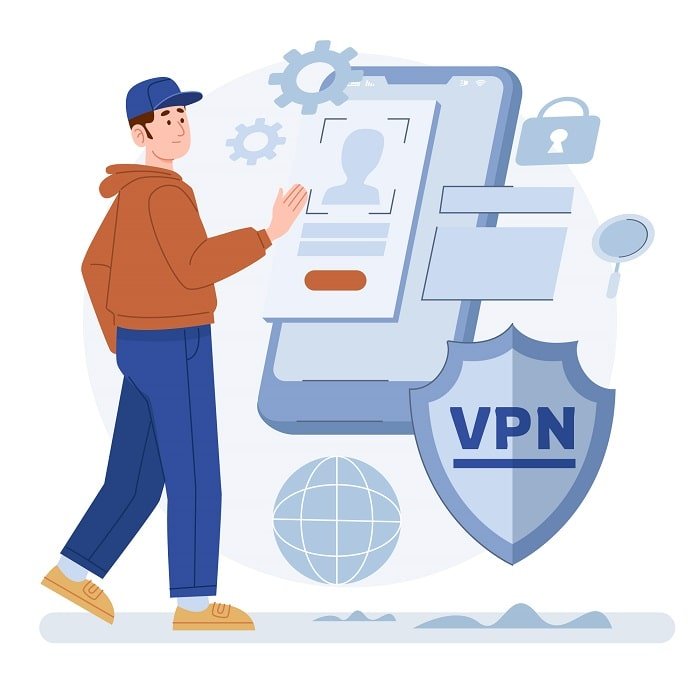
In today’s digital age, the question isn’t if your business will face cyber threats, but when. From phishing to ransomware attacks, the landscape of cyber threats is vast and continuously evolving. This guide aims to equip you with the knowledge and tools necessary to fortify your business against these digital dangers.
II. Understanding Cyber Threats
Types of Cyber Threats
Cyber threats come in various forms, each designed to exploit different vulnerabilities. Here are a few common types:
- Malware: Malicious software that can damage or disable computers.
- Phishing: Attempts to steal sensitive information through deceptive emails or websites.
- Ransomware: Malware that encrypts data, demanding a ransom for its release.
- DDoS Attacks: Overwhelm a system’s resources, making it difficult to operate normally.
Impact of Cyber Threats on Businesses
The consequences of cyber attacks can be devastating, including:
- Financial Loss: Direct costs from breaches and potential fines.
- Reputational Damage: Loss of customer trust and brand degradation.
- Operational Disruption: Interruptions that can halt business processes.
Importance of Understanding Cyber Threats
Recognizing the types of threats and their potential impacts helps in crafting a more effective defense strategy.
III. Implementing Cyber Security Measures
Protecting your business requires a multi-layered approach. Here are key measures to implement:
Network Security
Ensure your network is secured with firewalls, anti-malware software, and intrusion detection systems.
Data Encryption
Encrypt sensitive data to protect it from unauthorized access, even during breaches.
Strong Passwords
Implement policies requiring complex passwords that are regularly updated.
Regular Software Updates
Keep all software up-to-date to protect against vulnerabilities.
Employee Training
Educate your staff on recognizing and responding to cyber threats.
Incident Response Plan
Prepare a clear plan that outlines what to do in the event of a cyber attack.
Table: Cyber Security Best Practices
| Best Practice | Description | Importance |
|---|---|---|
| Regular Audits | Regularly checking systems for vulnerabilities. | High |
| Access Control | Limiting access to sensitive information. | Critical |
| Backup Systems | Regular backups to restore data in case of a cyber incident. | Essential |
IV. Employee Education and Awareness
Cyber Security Awareness Training
Conduct regular training sessions to keep employees aware of the latest security threats and practices.
Employee Roles in Cyber Security
Define clear roles and responsibilities for cyber security within your organization.
Best Practices for Secure Computing
Encourage practices such as verifying links before clicking and not sharing passwords.
Reporting Suspicious Activity
Create a protocol for employees to report any suspicious activity without fear of reprisal.
V. Incident Response and Recovery
Incident Response Plan
Have a structured response plan that includes identification, containment, eradication, and recovery.
Containment and Eradication
Steps to limit the spread of the attack and remove threats from the system.
Data Recovery
Processes to restore lost or compromised data from backups.
Post-Incident Review
Analyzing the incident to improve future response and prevent recurrence.
VI. Conclusion
Implementing robust cyber security measures and fostering a culture of security awareness are essential to protect your business. By staying informed and prepared, you can mitigate the risks associated with cyber threats.
Call-to-Action: Don’t wait for a cyber attack to happen. Take proactive steps today to fortify your business’s cyber defenses. Implement the measures outlined in this guide and regularly review your security protocols to keep your data safe.
By understanding the landscape of cyber threats and taking comprehensive protective measures, your business can not only prevent significant losses but also gain the trust of clients and partners as a secure and reliable entity.















































